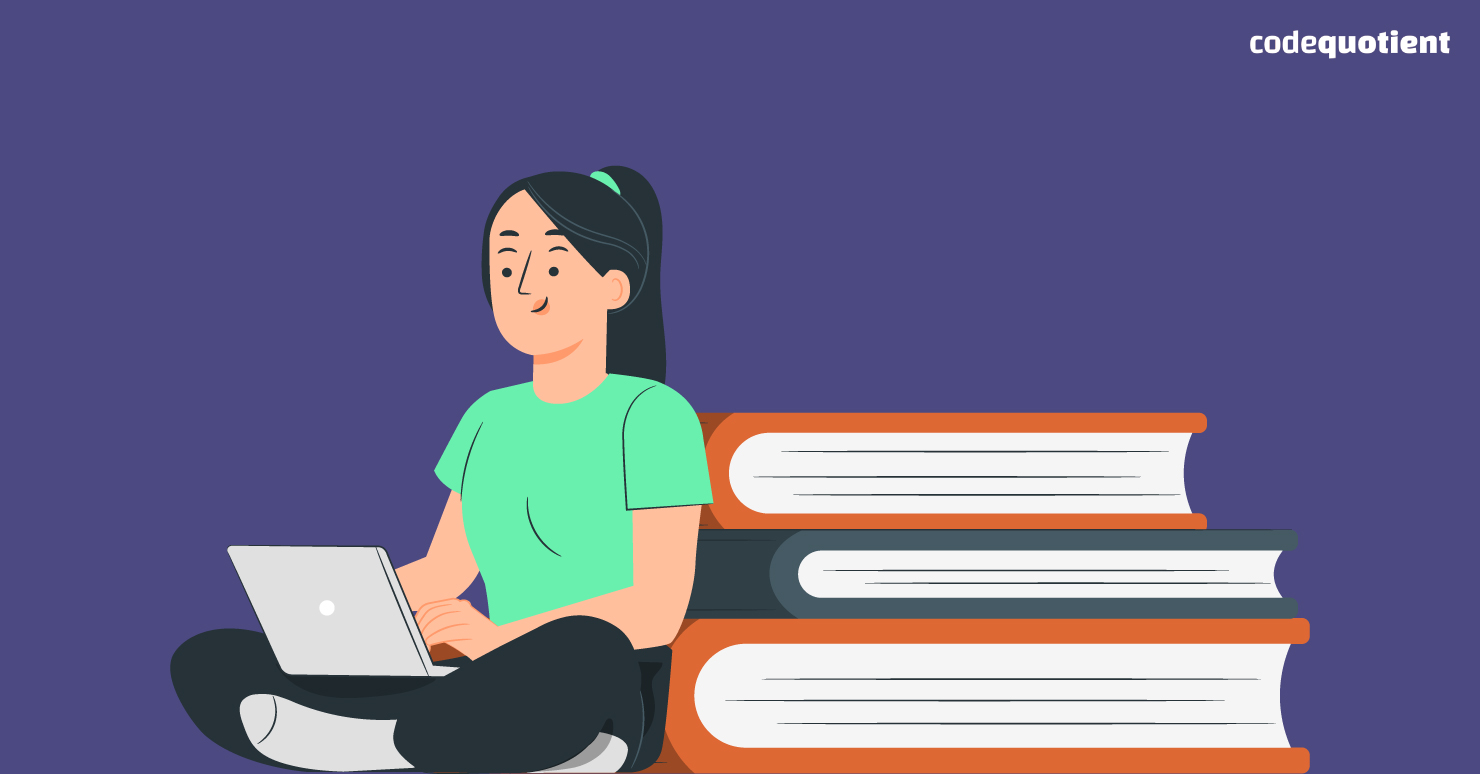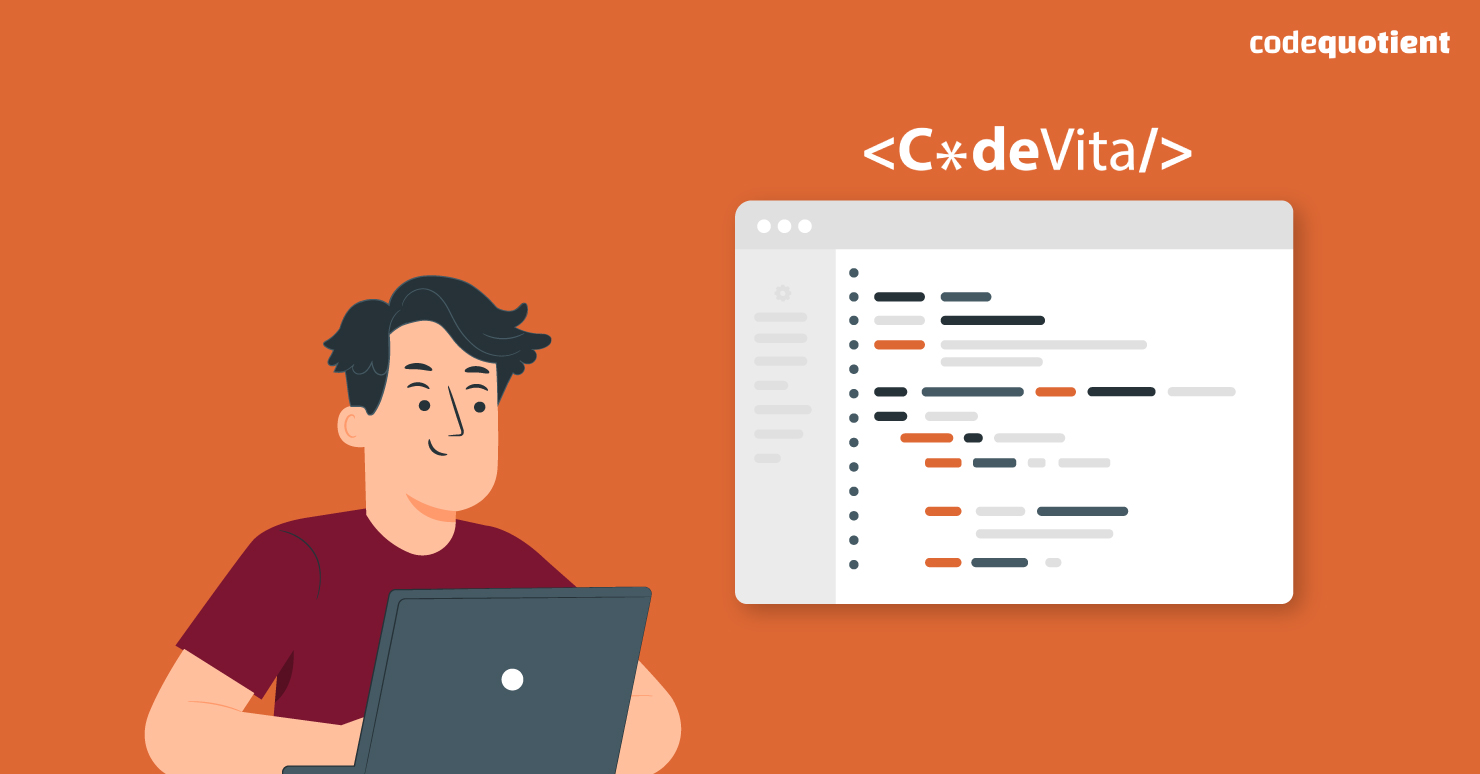TCS CodeVita is the flagship computer programming competition of one of the global giants in the IT services sector and India’s largest software exporter – Tata Consultancy Services. The last edition of this competition received more than 3 lakh code submissions in the first round, making it a Guinness World Records™ title holder.
TCS sowed the seeds of this competition over a decade ago internally. While coding quickly became a foundational skill for the modern, data-driven world, TCS identified the need for a gamified platform to nurture great programming talent in the next generation.
The Mooshak framework created by the Performance Engineering Research Centre (PERC) arm of TCS Research automates the submission of code by participants. It also compiles the submitted code automatically and runs test cases to check the execution efficiency and time taken to evaluate the designed code without any manual intervention.
While thousands of developers may be vying for the top spot to win a life-changing $10,000, the runners-up also win $7000 and $3000 for a total prize pool of a cool $20,000. If you clear the preliminary rounds, you can also expect an interview call for placement in TCS and work with a global company. TCS has made more than 11,000 offers through this program, and 3,500 Digital and Ninja category offers were made in 2020 alone!
Everything you need to know about TCS CodeVita – Exam Guidelines, FAQs, Syllabus, right here.
Keeping your eyes on the prize is extremely important, so we share some tips for success to improve your chances of cracking this coveted competition.
How to clear CodeVita?

You should be a skilled programmer to make your mark here, but if you wish to etch ahead of the competition, you should have a strong knowledge of Data Structures and Algorithm Design.
Your problem-solving skills should be practical, and handling pressure efficiently in the face of deadlines and good time-management skills will take you a long way as a CodeVita participant and a programmer in general.
The speed with which you write clean code will also directly impact your leaderboard position, and you should not be afraid to experiment with out-of-the-box solutions, using brute force, or optimising your code on the fly.
Want to know the best way to learn JavaScript as a beginner? Click here to find out!
Topics to cover for a winning rank
Introduction to Data Structures
Data structures are groups of data elements used to store and operate on data. Deciding which data structures to use in your program is one of the most important decisions as it directly impacts your program’s space and time complexities, which dictates the execution times.
These execution times are crucial as they are calculated in conjunction with how clean the code is. These two factors form the primary means of marking the performance of every participant. Some essential data structures to learn are arrays, linked lists, stacks, queues, heaps, matrices, etc.
How can a Data structures and algorithms course increase your placement chances? Click here to find out.
Searching & Sorting
Once a data structure is decided, for example, an array, the programmer needs to choose how to search through this array for the required elements or how to sort the array in ascending or descending order or as per a custom rule for how they want to operate on the array elements to perform the necessary calculations and achieve the desired result.
Binary Tree & Binary Search Tree
These two universal search and sorting algorithms are the classics that will help you out of any tough place if you learn how to use them well. Depending on your elements, you can have a full, complete, perfect, balanced or degenerate binary tree and sort through them via nodes and loops using preorder, postorder or level order traversal.
Dynamic Programming
Breaking down a complex problem into a collection of smaller subproblems that are much easier and simpler to solve just once and storing these solutions for later use instead of repeated calculations is known as dynamic programming. Broadly, dynamic programming problems can be classified into optimisation and combinatorial problems.
To put it simply, recursion with memorisation is what you learn here, which, when applied to any program, massively improves code efficiency and execution times,
Greedy Algorithms | Divide and Conquer
Greedy, as the name suggests, are the type of algorithms that are greedy for a quick solution and always build it section-by-section, always choosing the following piece which offers immediate benefit.
Huffman coding, Dijkastra’s, Divide and Conquer, and minimum spanning trees are all great examples of greedy algorithms. A divide and conquer algorithm is universally relevant for many coding problems as it recursively divides the problem into two or more sections that can be related or different. It solves these sections separately until they become simple enough to be translated directly.
Here are 10+ coding questions every programmer must know. Go through them and see how many you know!
Effective time-management ensures excellent performance
Since you have many problems to solve but only a limited 6 hours, here are a few time-management tips to give your best without crumbling under the clock.
Prioritise dynamically and plan your tasks
As soon as you have the list of questions, prioritise which ones to attempt first and save the best/worst for last at your convenience. Don’t forget to revisit this priority list often to adjust it again.
Identify time-wasters and don’t chase perfection
Look for the tasks that will consume a massive chunk of your time and do them first. If a question makes you unconfident, don’t waste time scratching your head and use that time to attempt others.
Take effective breaks
Six hours of continuous coding is bound to take a mental toll. Plan your breaks at regular intervals. Have your favourite snacks ready and keep yourself hydrated.
Best of luck
Regular coding practice and covering the tips and topics listed above will give you the confidence and skills you need to shine in this competition. If you are interested in taking up coding as a profession, check out the popular SuperCoders program by CodeQuotient, focusing on ‘full-stack programming’ where you get hands-on practice and project-based learning directly from accomplished professionals in the industry.




